As winter’s icy grip approaches, homeowners face a critical challenge:
How to protect exposed outdoor pipes from freezing temperatures. Burst pipes and damaged faucets can lead to expensive repairs and water damage.
Whether you need a simple outdoor faucet cover or industrial & equipment covers for larger systems, this comprehensive guide will walk you through everything you need to know about protecting your outdoor fixtures.
Understanding the Risks
When water freezes, it expands by approximately 9%, creating immense pressure inside pipes and faucets. This expansion can cause:
- Cracked or burst pipes
- Damaged valve mechanisms
- Broken seals and gaskets
- Foundation damage from water leaks
- Costly emergency repairs
Essential Steps to Protect Outdoor Pipes from Freezing
1. Assess Your Vulnerability Points
Before winter arrives, conduct a thorough inspection of your property:
- Identify all outdoor faucets and spigots
- Locate exposed pipes in unheated areas
- Check for cracks or existing damage
- Note areas requiring custom equipment covers
- Identify spaces needing additional insulation
2. Choose the Right Protection Methods
For Outdoor Faucets:
- Install standard or custom insulated covers
- Use rigid plastic dome covers for additional protection
- Consider heat tape for extreme conditions
- Remove garden hoses and store them indoors
For Exposed Pipes:
- Apply custom pipe insulation cover
- Wrap pipes with heat cables
- Install machine covers for pump systems
- Use weather-resistant tape to secure all materials
Step-by-Step Installation Guide
Installing Faucet Covers:
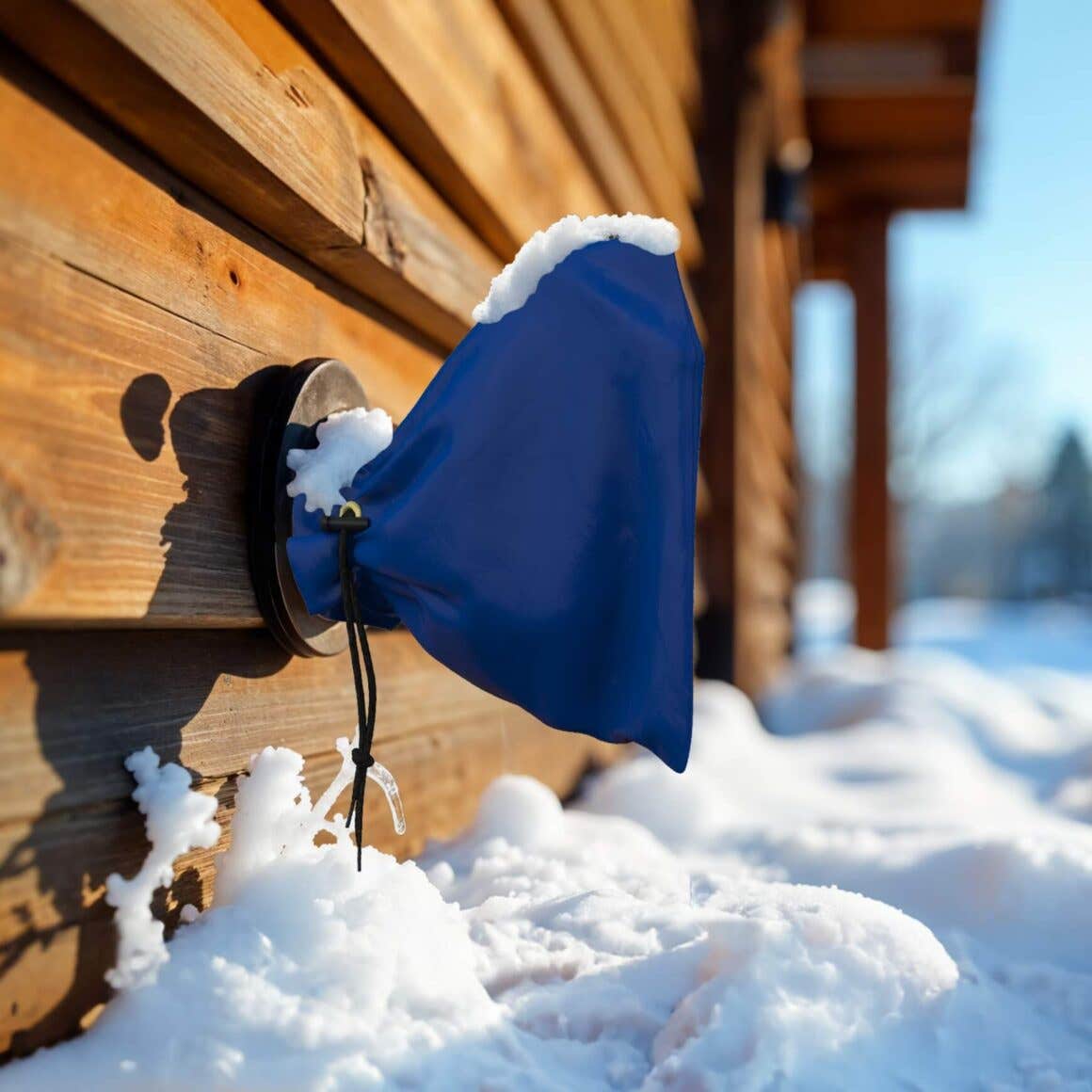
- Clean the faucet area thoroughly
- Drain all water from the faucet
- Shut off interior water supply if possible
- Place the custom covers or standard protective shields
- Secure straps or fasteners
- Check for gaps or loose areas
Applying Pipe Insulation:
- Measure pipe diameter and length
- Cut insulation to size (add 10% for overlap)
- Wrap pipes completely, starting from the warmest area
- Secure with weatherproof tape every 12 inches
- Add extra protection at joints and corners
- Label locations for spring removal
Advanced Protection Tips
Custom Solutions for Complex Setups
- Invest in professional-grade custom insulated cover systems
- Install permanent pipe covers for freezing temperatures
- Use smart temperature monitors for early warning
- Consider industrial & equipment covers for larger installations
Maintenance Throughout Winter
1. Regular Inspections:
- Check custom covers weekly for damage
- Look for ice formation or moisture
- Test faucets monthly (if safe)
- Monitor for drafts or heat loss
2. Emergency Preparations:
- Keep spare covers on hand
- Install water leak detectors
- Know your main water shut-off location
- Save emergency plumber contacts
Budget-friendly Outdoor Pipe Insulation Tips:
- Basic outdoor faucet cover
- Pipe insulation sleeves
- Heat tape
- DIY solutions using household materials
Professional Solutions:
- Custom-fitted machine covers
- Permanent housing
- Professional installation
- Smart monitoring systems
Common Mistakes to Avoid
- Don’t:
- Leave gaps in insulation
- Forget to remove garden hoses
- Skip regular inspections
- Use indoor-only materials outside
- Wait until freezing temperatures arrive
- Do:
- Install protection before first freeze
- Layer protection methods
- Check weather forecasts regularly
- Keep backup supplies ready
- Document your setup for future reference
When to Call a Professional
Knowing when to seek professional assistance is crucial for maintaining your plumbing system’s integrity during winter months. While many winterization tasks can be handled independently, certain situations demand expert intervention.
Complex plumbing configurations, particularly those requiring custom equipment covers, should be assessed by professionals who understand the intricacies of specialized protection systems.
When dealing with pipes or fixtures located at significant heights or in difficult-to-reach areas, professional expertise ensures safe and proper installation of protective measures. Properties with a history of freezing damage require particular attention, as professionals can identify vulnerable points and implement targeted solutions to prevent recurring issues.
Underground pipe concerns present unique challenges that often extend beyond DIY capabilities. Professional plumbers possess the necessary tools and expertise to evaluate underground systems and implement appropriate protection methods.
Additionally, if you notice multiple points of protection failure or systematic issues across your plumbing network, it’s time to consult an expert who can develop a comprehensive how to protect outdoor faucets strategy.
Long-Term Prevention Strategies
Looking beyond immediate winterization needs, implementing long-term prevention strategies can significantly reduce future concerns. Consider relocating vulnerable pipes to heated indoor spaces, a solution that, while initially costly, provides lasting protection against freezing damage.
Installing freeze-resistant fixtures throughout your property offers another layer of defense against winter’s harsh conditions. Comprehensive wall insulation not only protects your pipes but also improves your home’s overall energy efficiency.
The professional weatherization of your entire home creates a more stable environment for your plumbing system, reducing the risk of freezing damage even in extreme conditions.
Finally, upgrading to frost-free best covers for outdoor faucets represents a smart investment in your home’s infrastructure, providing built-in protection against freezing temperatures and reducing the need for seasonal maintenance.
Conclusion
Outdoor faucet protection during winter is a crucial investment in your home’s maintenance. Whether you’re selecting a simple outdoor faucet cover or investing in comprehensive custom insulated cover solutions, taking the right precautions can prevent costly repairs, ensure your plumbing system remains functional and prevent burst pipes with insulated covers.
Remember that prevention is always less expensive than repair and acting before the first freeze is essential for optimal protection.
Start your winter preparation early, maintain regular inspections, and don’t hesitate to combine multiple protection methods for the best results. Your future self will thank you when spring arrives, and your plumbing system has survived another winter unscathed.




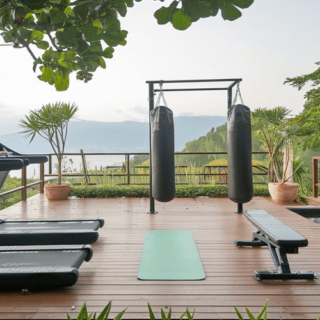

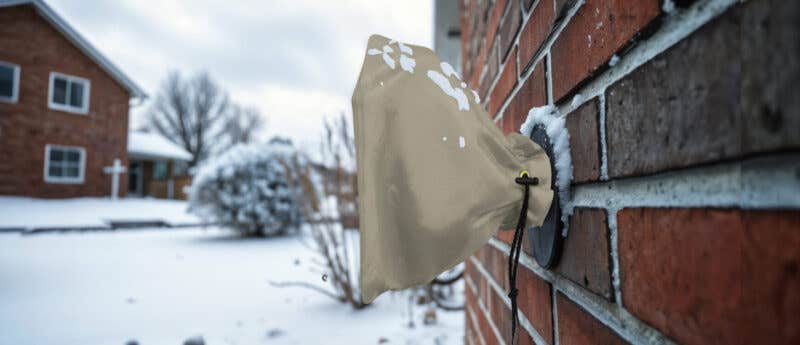
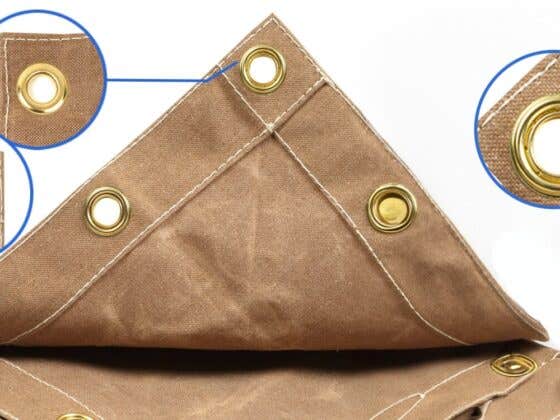
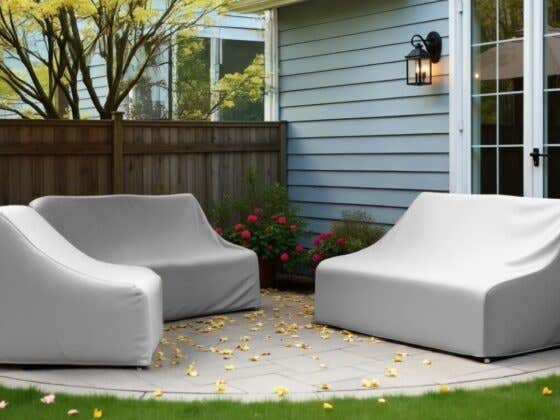

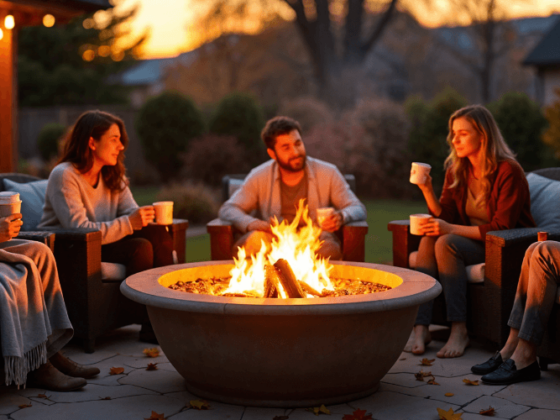
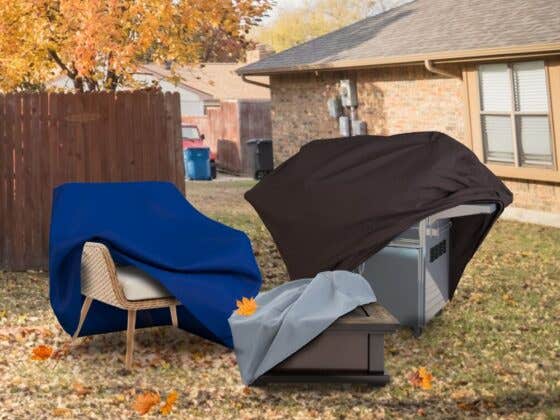
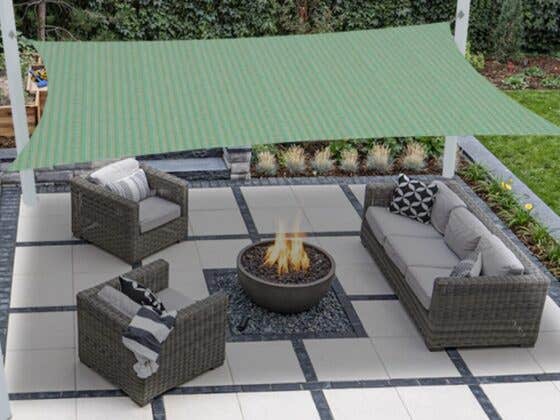

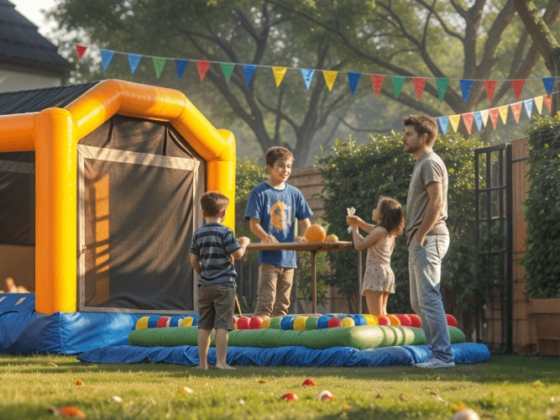
Recent Comments